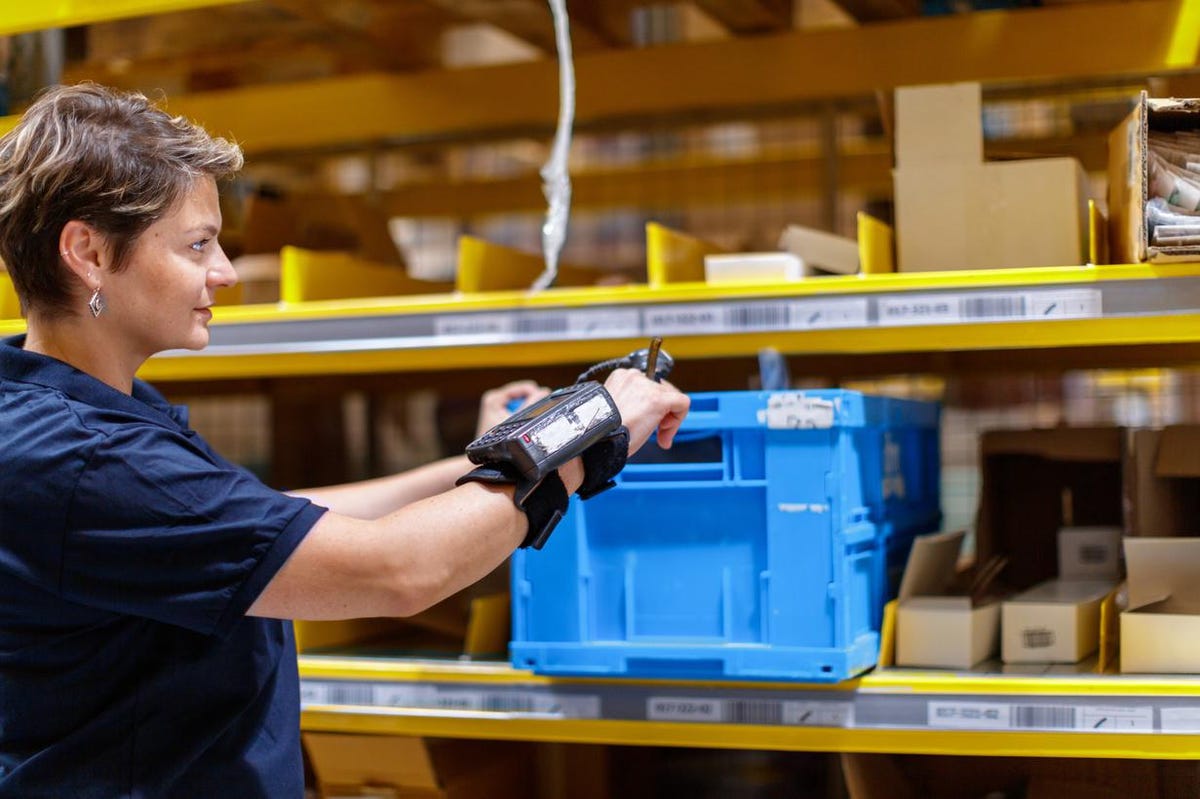Understanding Operator Assist Technologies For Both Operators And Operations

[ad_1]

Vice President of Sales at The Raymond Corporation, overseeing sales for Raymond’s material handling products and intralogistics solutions.
getty
In today’s fast-paced business climate, warehouses and distribution centers continue to face a growing number of obstacles, from SKU proliferation to labor shortages. In fact, The Labor Department recently reported that the warehouse industry had a record 490,000 job openings in August 2021. However, American retail spending continues to increase, jumping 1.7% in October 2021. These heightened supply chain pressures are driving accelerated technology integrations, including the adoption of technologies that can increase operator proficiency, productivity, retention and security.
Are operator assist technologies the solution to labor challenges?
The labor challenges in today’s supply chain don’t end with shortages. The disruption extends to all facets of the logistics industry. How do you give your employees and warehouses the best shot at success?
I want to discuss one potential solution — implementing operator assist technologies. In addition, these technologies can allow an operation to optimize its existing workforce, helping to mitigate some of the challenges caused by the labor shortage.
What are operator assist technologies?
Operator assist technologies, which operate using multiple data sources, like LIDAR and voice or visual cue systems, work by guiding operators in real time and reinforcing operator training. Innovative operator assist technologies and order picking solutions can be a great way to optimize operations, maximize labor and assist the optimization process. This does ultimately lead down a path to automation, which leaders need to be comfortable with before embarking on the journey.
These technologies can typically be added — and layered — to standard equipment, like a lift truck, creating integrated systems that allow organizations to gather greater insights and help your fleet work at peak efficiency.
These technologies, which range up to the advanced real-time location systems (RTLS), can provide zone warnings, asset tracking and integrated technology capabilities to reinforce existing operator training programs. This enables you to create an environment of accountability, reduce product and facility damage, increase savings and make the most out of your sometimes-limited resources.
What are the benefits of implementing these technologies?
Operator assist technologies are a valuable training reinforcement tool, providing feedback and alerts that can help reinforce proper operator behavior. Operators still need to follow their training, but the technologies reinforce correct operating practices.
Integrated technology, like a pick-to-light system on a forklift, can help reduce picking errors by using LED technology to visually reinforce product placement for order fulfillment in batch picking applications. It is a tool that provides greater visibility into product placement and can reduce the amount of time that might be spent redoing tasks.
By reinforcing best practices with an audible or visual indicator and ‘keep in’ or ‘keep out’ zones, operations can streamline the processes, enhance employee experience and increase accuracy. These engaging and efficient tools empower operators to do their jobs confidently, leading to a better workplace experience and increased employee retention.
Optimize your operation before you implement new technologies.
While it is easy to see the advantages of using operator assist technologies, to make the most of these tools, it is crucial to first look at optimizing your operation.
Consider the following tips when evaluating if operator assist technologies are right for your operation:
1. Consider lean management.
Many operator assist technologies utilize technology that operates best when applied in a clean and organized facility. Lean management principles can help operations identify inefficiencies, visualize areas of improvement, and eliminate waste in time and materials.
2. Invest in ongoing training.
Learning in a secure environment can mitigate potential disruptions on the warehouse floor. Educating employees using hands-on tools like virtual reality simulators provides advanced instruction that builds confidence and reinforces best practices.
3. Collect and analyze fleet data.
While optimizing an operation, it is important to implement processes and telematics solutions that track fleet utilization, operator performance and more. Collecting and interpreting data about your operation can help identify potential issues, such as areas of congestion, and provide intel on current fleet utilization. This data can provide valuable insights when determining if implementing operator assist technologies makes sense for your operation, or if there are steps you need to take to optimize your facility first.
Once best practices are instilled, data is collected and an operator is trained on a forklift, operator assist technology can be used to further support an operator’s accuracy and ultimately a facility’s productivity.
Forbes Business Development Council is an invitation-only community for sales and biz dev executives. Do I qualify?
[ad_2]
Source link





